Know Your Cleaning Products to Protect Your Health and Wealth!
Two women, different locations, same accident. Both, while using an ordinary commercial toilet bowl cleaner, were not satisfied with the way it was not removing stains. Each added household chlorine bleach and stirred with a brush. One died quickly, the other spent a long time in the hospital.
The Problem
Whenever chlorine bleach comes into contact with acid or an acid-producing substance like toilet bowl cleaner or vinegar, there is a sudden release of chlorine gas. This is not a good thing! A similar result occurs when chlorine bleach is mixed with ammonia, lye, or just about anything other than ordinary soap and water. Chlorine gas is lethal.
The Solution
Now that I have your attention let me assure you: If you stay clear of chlorine bleach as an ingredient, you have nothing to fear by making your own cleaning products. But, you may be wondering, why should you even consider making your own cleaning products? The cost, for starters.
You know that blue window cleaner sitting on your counter, right? You paid about 32 cents an ounce for it and it’s 95% water!
Your own products will cost only pennies and will not contain toxic chemicals that could be harmful to your family and the environment. Homemade cleaning products just make sense, don’t they?
Glass, Mirror, and Window Cleaners
Club soda straight up
For a light-duty glass cleaner, just pour club soda (less than 2 cents an ounce) into a spray bottle and you have a very effective, non-toxic glass cleaner. How simple and cheap is that?
Vinegar and water
Mix 1/2 cup white vinegar and 1/2 cup water in a spray bottle. If glass is particularly dirty, wash with warm soapy water first.
Ammonia and rubbing alcohol
This is a heavy-duty formula for super dirty, challenging situations. Mix household ammonia and rubbing alcohol together in equal proportions in a spray bottle. Label and keep out of reach of children. This is strong stuff and powerful, too!
Copycat Soft Scrub
This is a terrific homemade version of Soft Scrub. Make sure you measure the ingredients exactly: Mix 1 2/3 cups baking soda with 1/2 cup of liquid soap (not detergent) in a small bowl. Dilute with 1/2 cup water and add 2 tablespoons white vinegar. Stir with a fork until smooth and all the lumps are gone. Pour into a 16-ounce squeeze container with a squirt flip-top cap (like a ketchup bottle or similar). Shake well before each use. Keep tightly capped between uses. Hint: Rinse the flip-top cap after each use so that it won’t get clogged.
Disinfectants
Soap
Regular cleaning with plain soap and hot water will kill some bacteria.
Borax
Borax (Twenty-Mule Team is one brand of borax) has excellent disinfectant and deodorizing properties. Mix 1/2 cup borax (available in the supermarket laundry aisle) into one-gallon hot water and mix thoroughly.
Isopropyl (rubbing) alcohol
This is an excellent disinfectant—either 70% or 91%. Sponge or spray it on and allow to dry. It must dry to do its job. Use in a well-ventilated area and wear gloves.
Toilet Bowl Cleaners
Baking soda and vinegar
Sprinkle baking soda into the bowl, then drizzle with vinegar and scour with a toilet brush. This combination both cleans and deodorizes.
Borax and lemon juice
For removing a stubborn stain or ring, mix enough borax and lemon juice to form a paste. Apply the paste to the ring, allow to sit for two hours, and scrub thoroughly.
For stubborn stains beyond chemical solutions
Even after trying various cleaning methods, some toilet stains may persist. In such cases, consider using the Pumie Toilet Bowl Ring Remover. This soft pumice stone is gentle on the toilet bowl’s surface and can effectively remove stubborn stains. It comes with a handle for easy use and is a safe alternative to harsh chemicals.
Cautions
- Always test any product you’ve not tried before in an inconspicuous spot so you’ll know how it reacts.
- Always clearly label any kind of cleaning product, even if you’re sure you’ll remember what it is and what it contains. Someone else in the household might not be as knowledgeable.
- Always keep cleaning products of any kind out of the reach of kids and pets.
Question: What is your favorite cheap homemade cleaning product or solution? Please use the comments area below to tell us about that!
Everyday Cheapskate participates in the Amazon Services LLC Associates Program, an affiliate advertising program designed to provide a means for us to earn from qualifying purchases, at no cost to you.

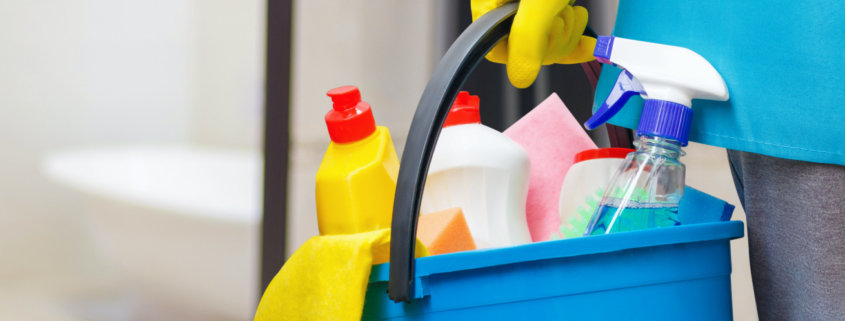
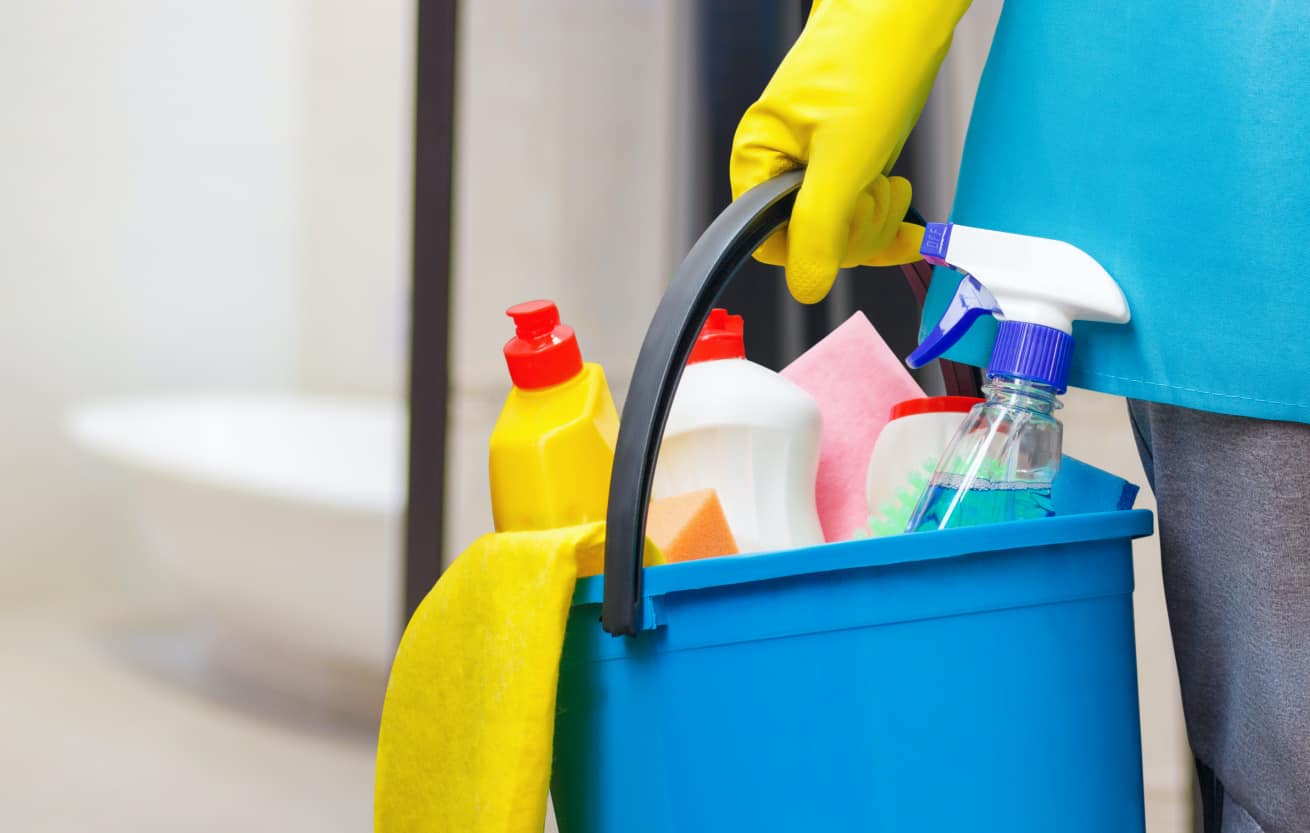

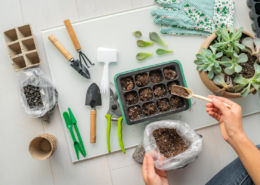
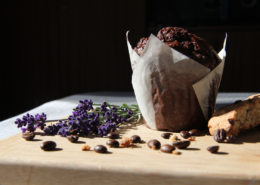
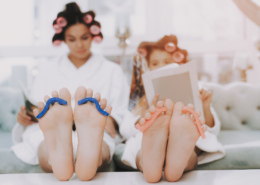

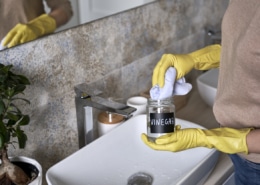
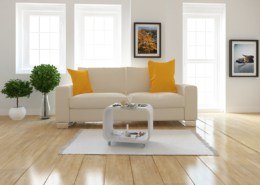
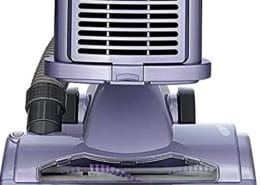
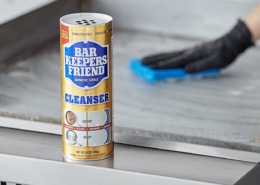
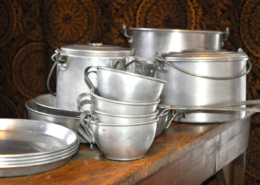


mary…can i mix alcohol with vinegar and boric acid without ending up in the emergency room or the morgue? i am looking for a very potent insecticide. thanx.
I use a spray bottle of water with a tiny bit of polmolive to clean all but mirrors and electronics. About two cups water to 1/4 teaspoon quality dish soap. I have asthma and can’t spray vinegar or rubbing alcohol so I mix five o’clock cheap vodka 70% to 30% water and clean windows and mirrors. I spray a cloth first and use on electronics. I clean my floor with a bit of dish soap in the mop water. I dust with a damp cloth no polish needed. I can scent a room with my diffuser. I don’t need scent in my cleaners. I do scrub my sink with baking soda but no vinegar. Borax is very bad for the lungs. It isn’t in my home. I use white vinegar in my towel load fabric softener compartment to help rinse residue but not for cleaning.
A paste of baking soda and lemon juice makes a terrific scrub for removing stains from”stainless” steel in flatware and steel sinks. Just be sure to rinse thoroughly in hot water! Thanks, Mary, for your column. I appreciate all of your advice.
Some cleaning products need to be kept away from the near-sighted elderly. Last week my step mother poured something green straight on her kitchen floor and stripped her vinyl plank flooring while attempting to clean it. What a mess!
I’ve been using bleach to clean toilet bowls for eons, and I’ve never had a problem. What’s so hard about remembering to flush before you pour?
Yes, that’s the point, Katy. Don’t mix bleach with anything but soap/detergent and or water.
Hi! This is very scary about bleach coming into contact with vinegar. Can you please tell us what you recommend regarding your recipe for homemade clothes softener? It’s 6 parts water, 3 parts vinegar, and 2 parts hair conditioner. I’ve been making this for about 2 years now, ever since reading about it on your website. I use bleach fairly frequently with my laundry, but haven’t had a reaction with it. Do you recommend not using bleach when we use your laundry softener? Thanks!
The point is to not mix the bleach in an open area allowing fumes to waft into the open air that you’re breathing. So bleach goes into its washing machine reservoir (or manually into the wash cycle on an older machine; the softener goes into its reservoir which is separate from the bleach reservoir (or add it manually to the last rinse on an older machine.
The only cleaning products I actually purchase are borax, washing soda, soap, Blue Dawn, and essential oils. Mixed with water, vinegar, alcohol, etc. I make everything we need. I save money and don’t have to drag heavy jugs around.
Using a microfiber cloth with micro silver imbedded during manufacturing process eliminates the need for man made chemicals. The cloth picks up the contaminants and the silver purifies the cloth. For tougher jobs, use products with citric acids or enzymes (made from products in nature). Enviro friendly products improve indoor environment and health.
These are all great, thanks! Some may not realize peroxide should be kept in a dark bottle; when it’s exposed to light, it loses its strength.
For my All-Purpose Cleaner I mix a spray bottle with 1/2 peroxide and 1/2 water. Works wonders on everything from the greasy stove top to treating & preventing diaper rash. (Don’t worry, doctor said it is safe for little tushes!)
After root canal, my endodontist said to rinse my mouth with a mix of half 3% peroxide and 1/2 water. She showed me the commercial bottle, $12/ 16 oz, so of course I make my own. Ann